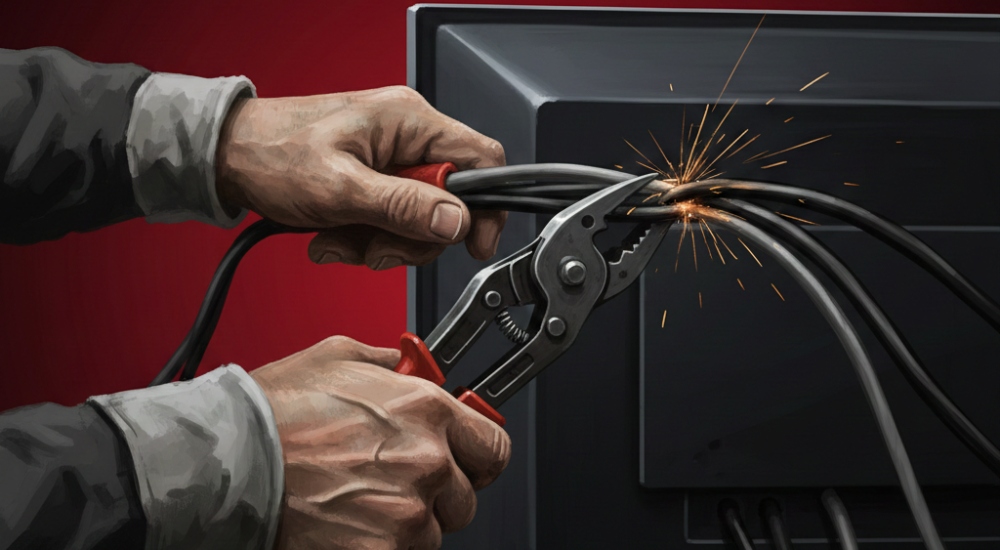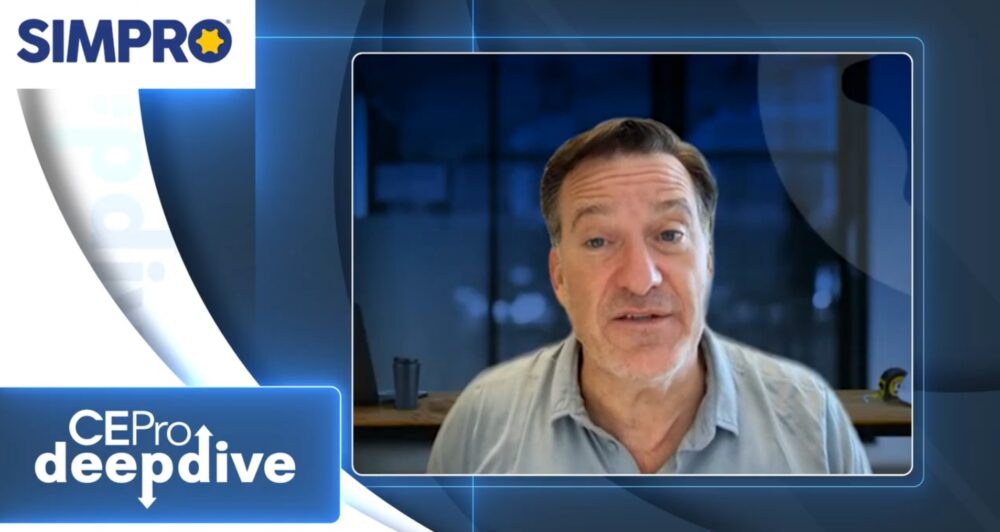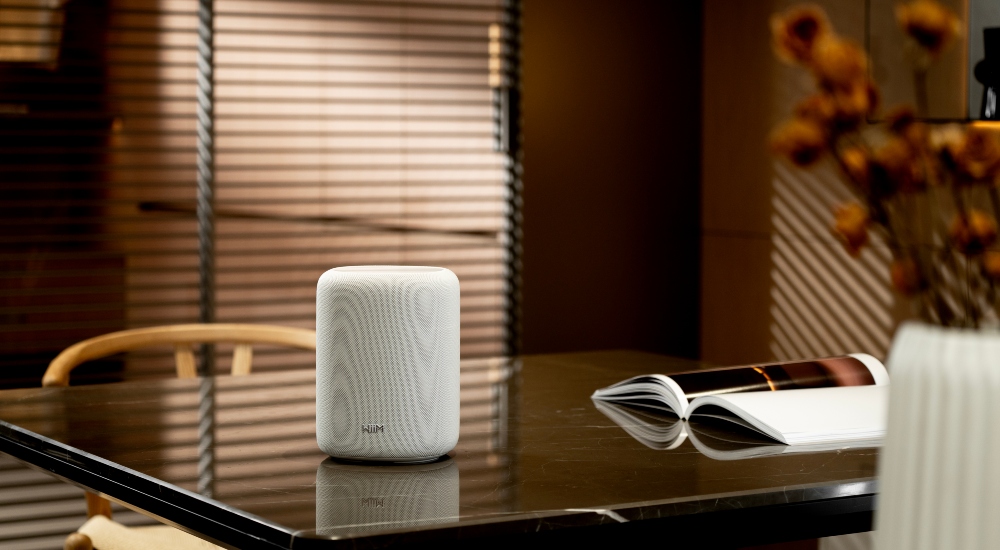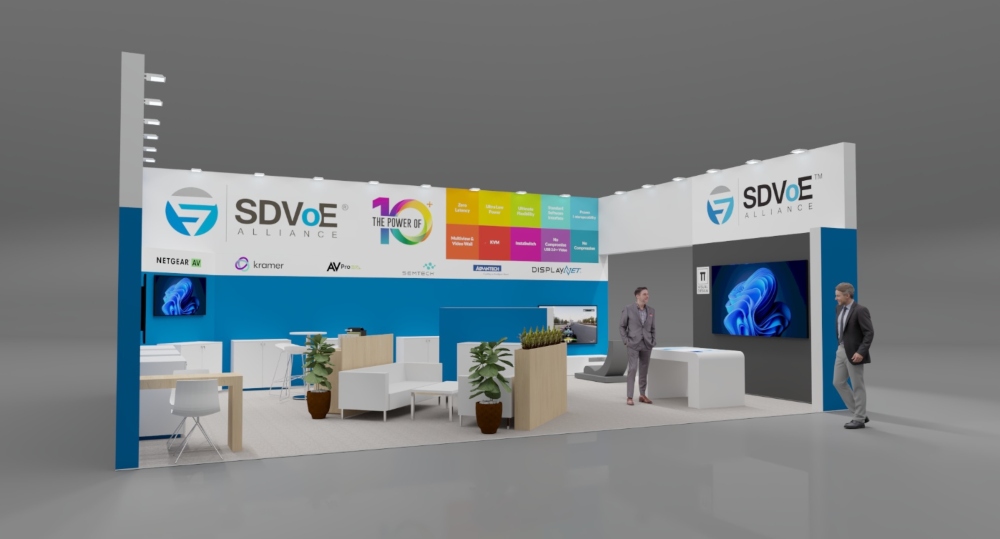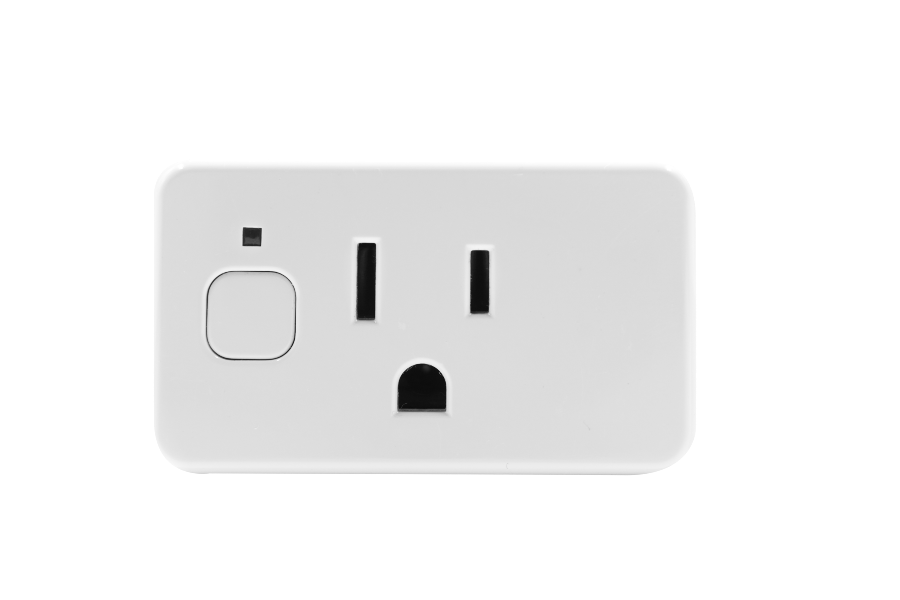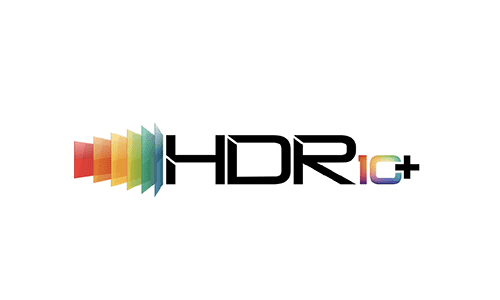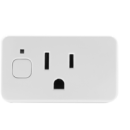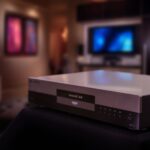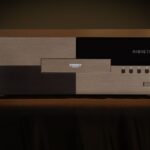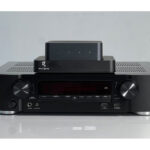The Latest
Filter by Topic
Filter by Type
The Week in Playback: Chord Cutters and Stocking Stuffers
CE Pro takes a look through all the news static throughout the week to find the stories and…
Uncategorized December 14AT&T Introduces Smart Home Offering Connected Life
AT&T Connected Life combines Google Home devices, Abode monitoring, and AT&T connectivity into a single smart home security…
News December 12WyreStorm Appoints Paul Lee as VP of Americas
WyreStorm’s appointment of Paul Lee to lead its Americas division signals a deeper push to align the company’s…
News December 12WiiM Just Expanded Its Wireless Speaker Lineup with the Leaner Sound Lite
WiiM expands its connected-audio lineup with a compact, Hi-Res smart speaker aimed at flexible installs and broad ecosystem…
News December 11SDVoE Alliance, IDK, Aurora Multimedia to Demo Power of 10 at ISE 2026
The SDVoE Alliance will showcase live demonstrations at Integrated Systems Europe (ISE) 2026, highlighting the capabilities of 10G…
Briefs December 11Peter Keller-Larson Named Chief Commercial Officer at Steinway Lyngdorf
Steinway Lyngdorf appoints Peter Keller‑Larsen as CCO amid a period of global expansion, including Nexgentec acquisition, new Danish…
News December 11Shelly Plug Gen4
Shelly Group has released the Shelly Plug Gen4 for the U.S. market, extending the company’s Gen4 smart device…
Products December 10Firewalla Debuts Portable Wi-Fi 7 Firewall Built for Zero Trust Anywhere
Firewalla Orange delivers multi-gigabit Zero Trust security and Wi-Fi 7 performance in a portable form factor, the company…
News December 10HDR10+ Advanced is Coming. Here’s What You Need to Know
While certain features introduced exceed today’s practical limits, the new dynamic metadata is meant to future-proof as much…
News December 10